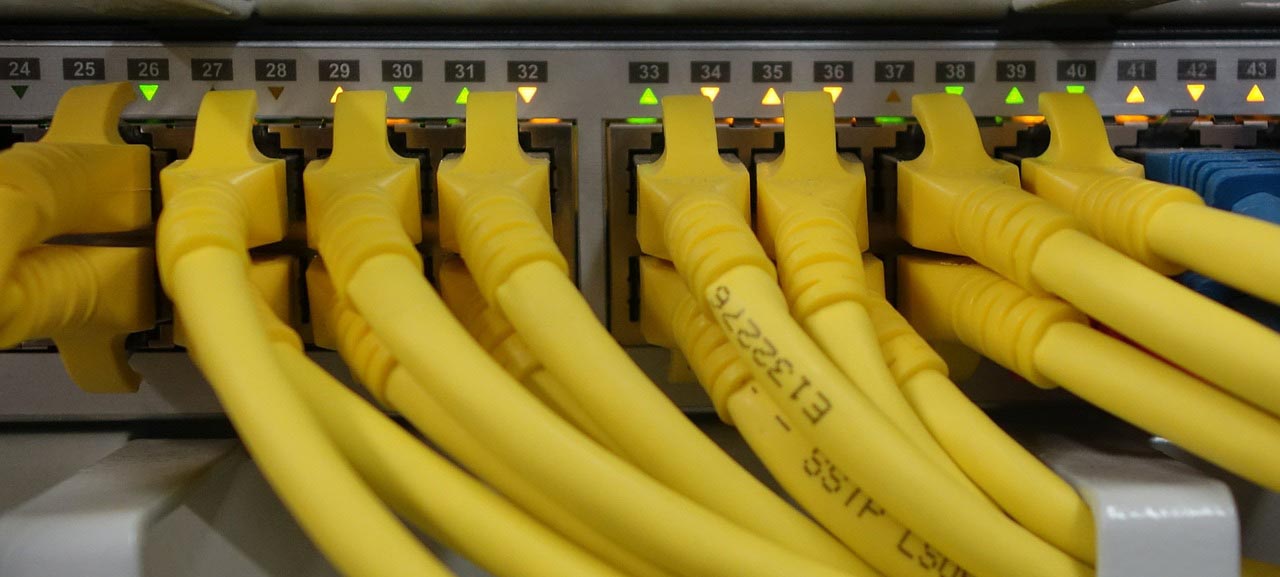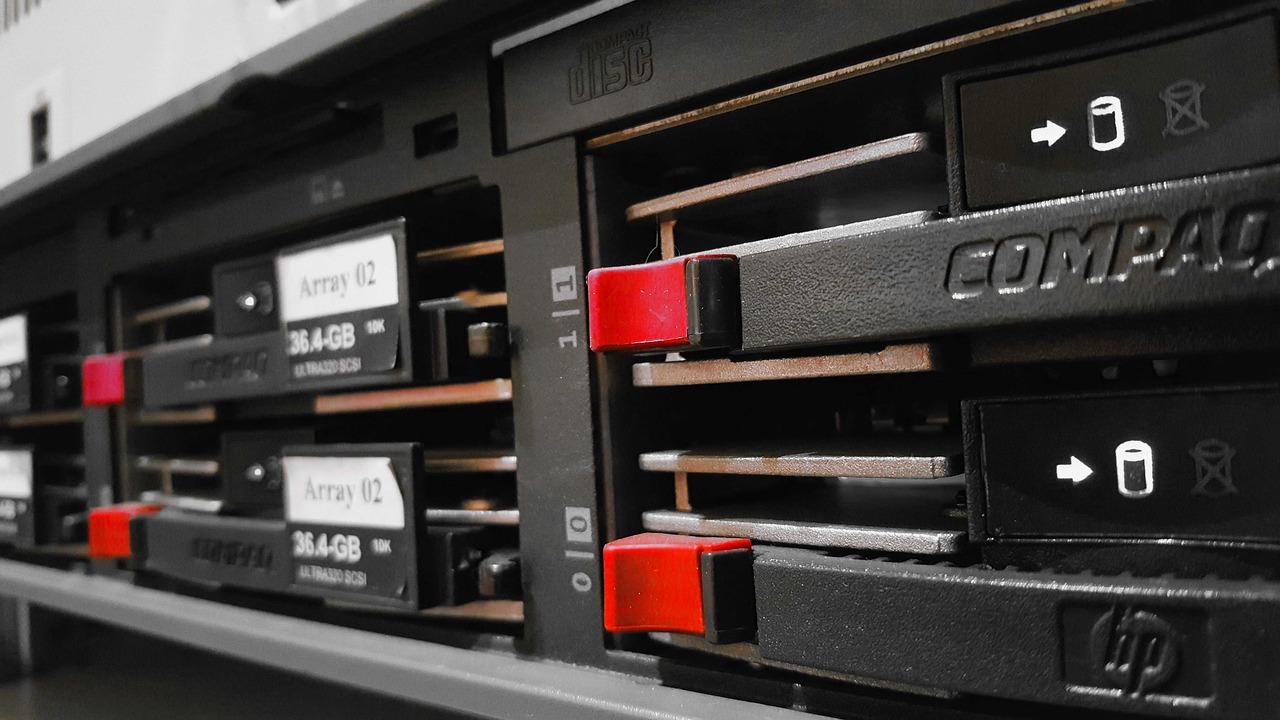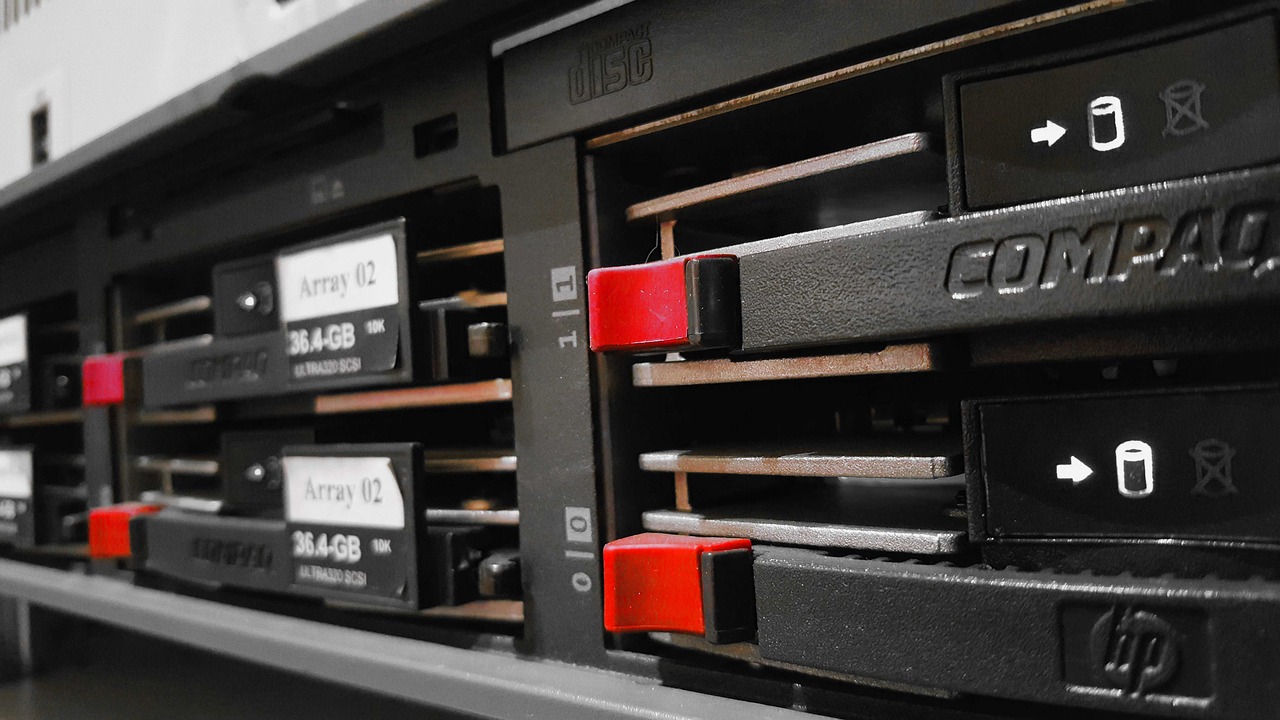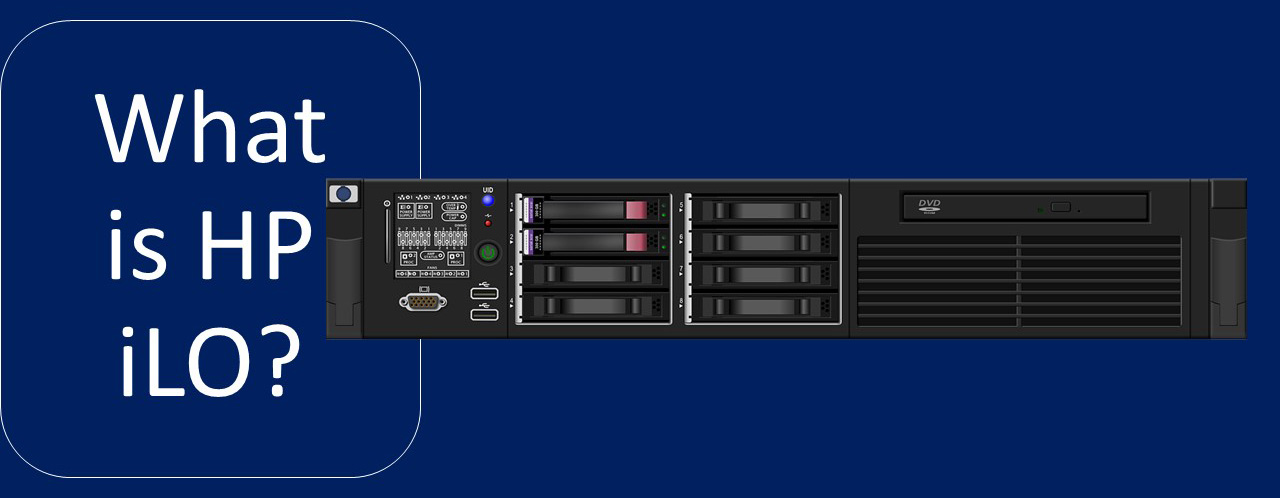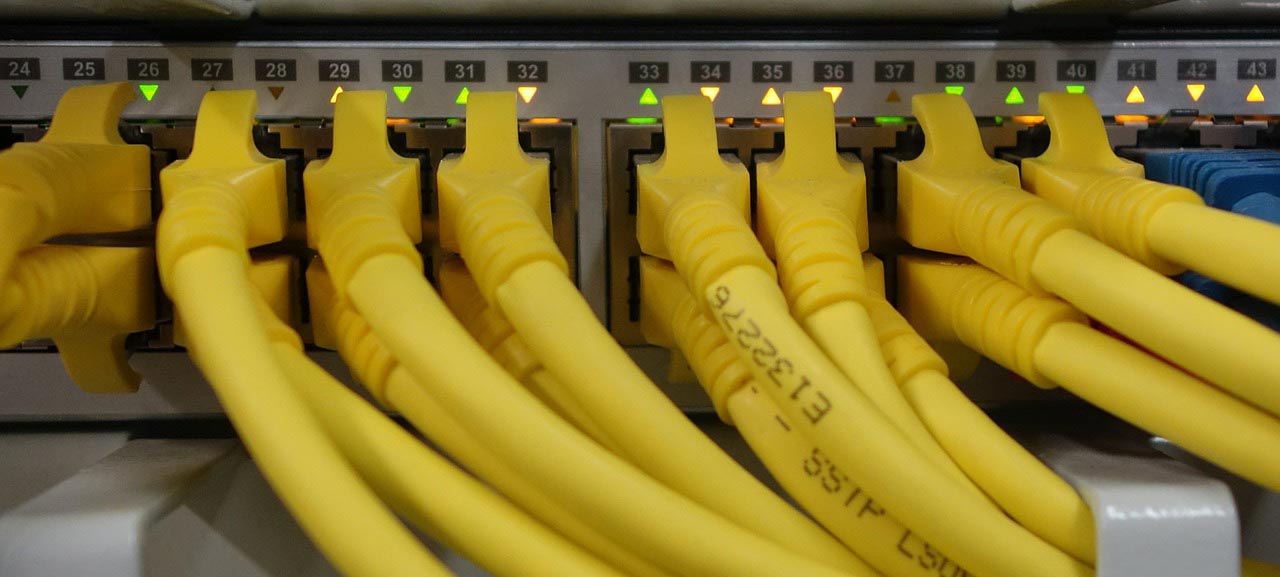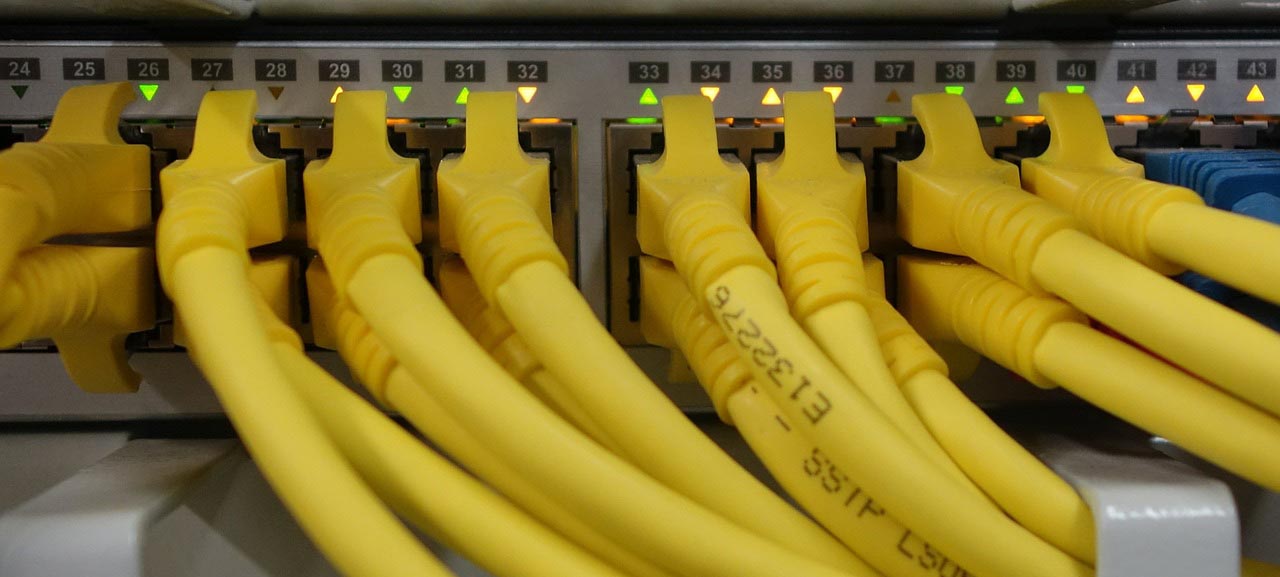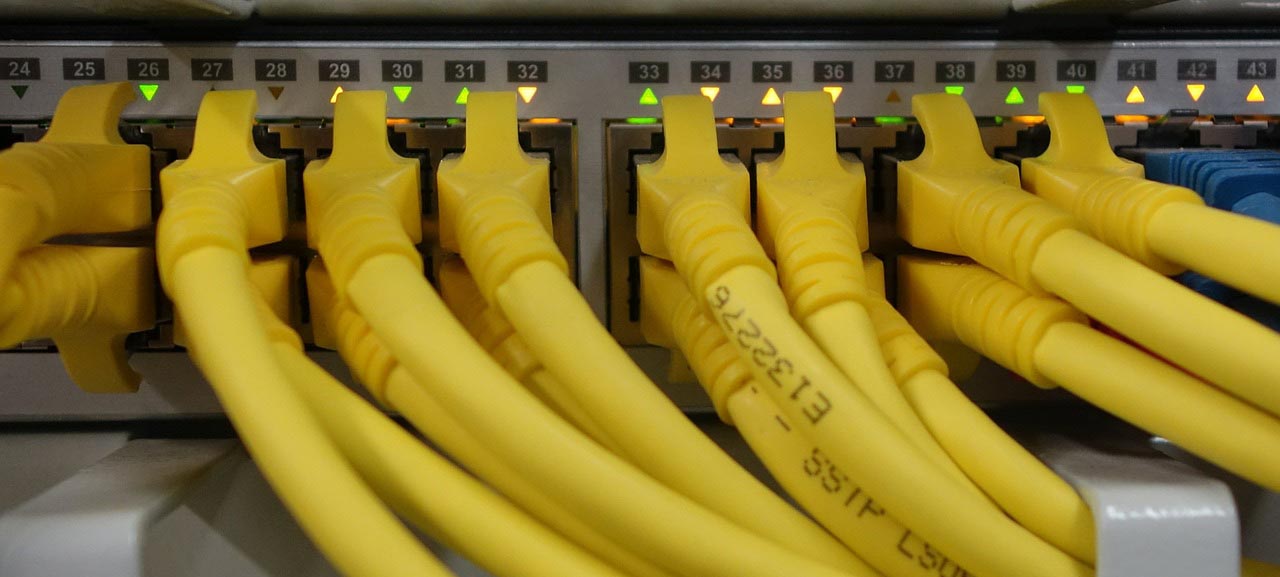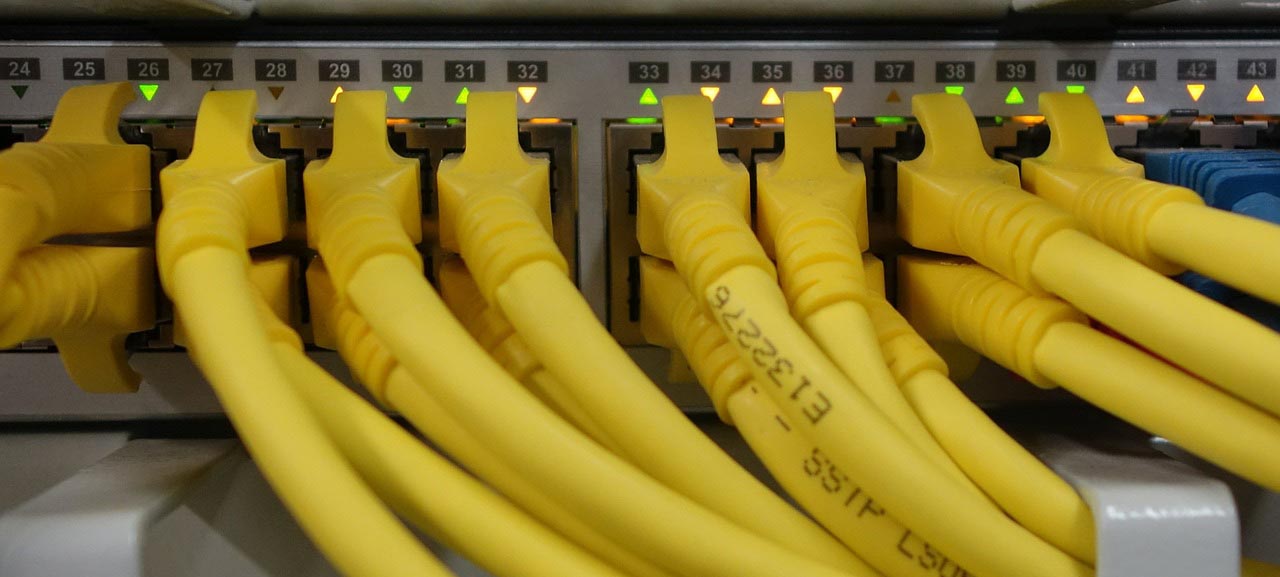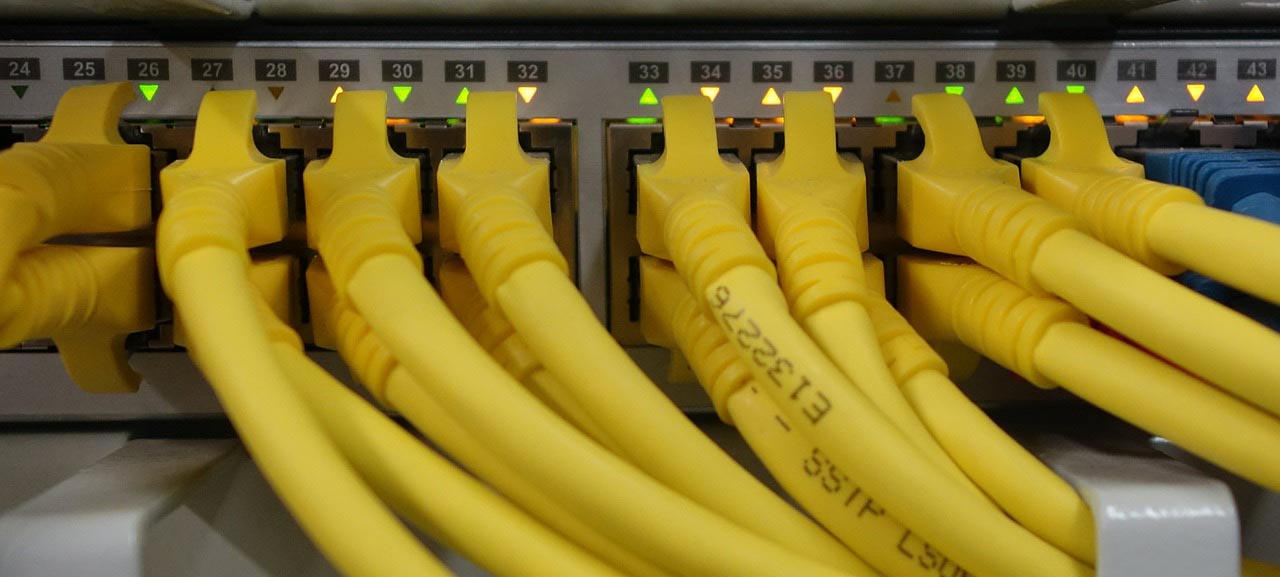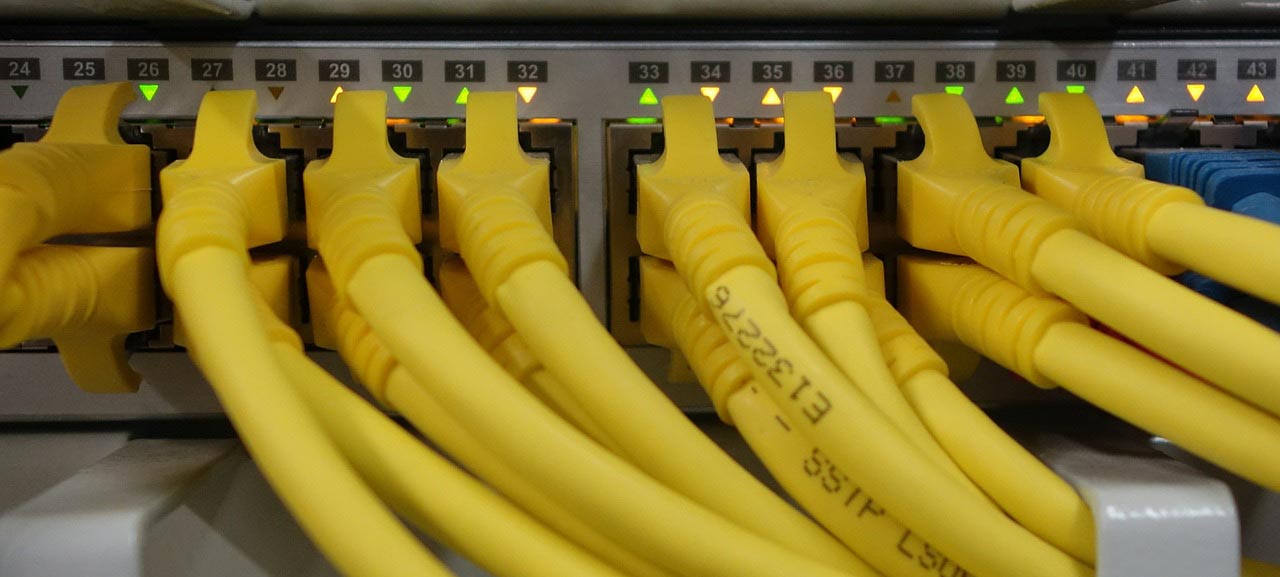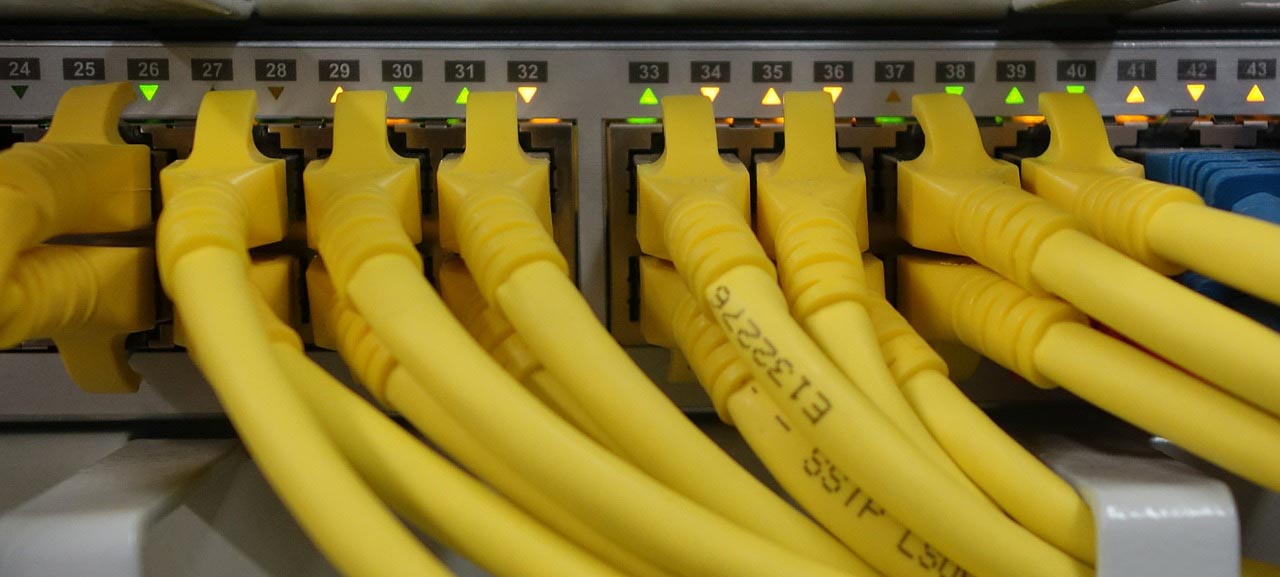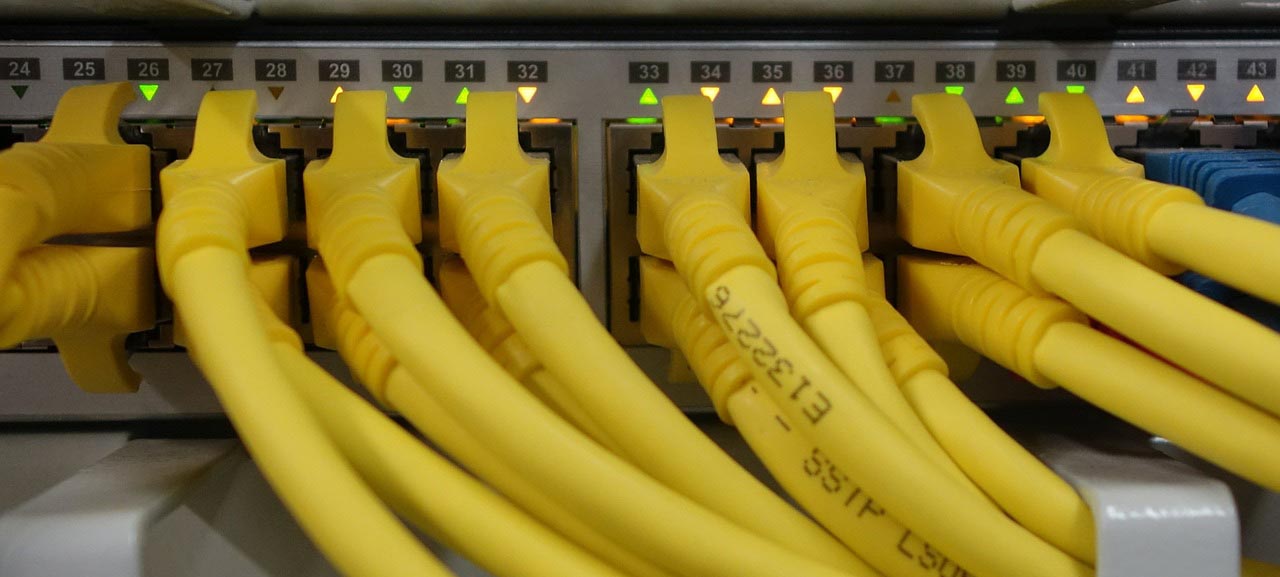To make you more familiar with the concepts of network switching and to get acquainted with the reputable vendors of network switches, we have prepared a number of blogs as a series, the different parts of which are as follows:
- Part 1 – What is a Network Switch? Switching Terms (Such as Blade Server, Half Duplex, and Full Duplex)
- Part 2 – What is a Network Switch? Switching Terms (Such as PoE, VLAN, and STP)
- Part 3 – Types of Categories of Switches, Such as Stackable Switches, or Access Layer Switches
- Part 4 – Cisco Switches: Concepts, Blade Switches, and Campus LAN Switches (Access)
- Part 5 – Cisco Switches: Campus LAN Switches (Terms, Core and Distribution), and Data Center Switches
- Part 6 – Cisco Switches: Other Switches (Industrial Ethernet, InfiniBand , Small Business, Service Provider (Aggregation, and Ethernet Access)
- Part 7- Mikrotik Switches: Terms, and Also Switches such as RB260GSP, or CRS305-1G-4S+IN
- Part 8 – HP Switches: Terms, and Access Switches ( Such as Aruba CX 6400 Series, and Aruba 5400R Series )
- Part 9 – HP Switches: Core & Data Center Switches ( Such as Aruba CX 8400 Series, and Aruba CX 8320 Series)
- Part 10 – Dell Switches: Concepts and Technologies, and PowerSwitch Managed Campus
- Part 11- Dell Switches: PowerSwitch Data Center Switches, and PowerEdge M-Series Blade Switches
In this series of blogs you will come across a variety of terms, abbreviations, concepts, and technologies. We have tried to explain the general concepts and terms as much as possible in the first three parts of this series. In the following sections, we assume that you have read these two sections and therefore we will not re-explain these concepts and terms in the following sections. Of course, each vendor also has a number of specific terms and concepts that are explained in blogs related to the same vendor’s products.
Last note, all the content as well as the images used in this series of blogs are taken from the official websites of the reviewed vendors (Cisco, Microtik, HP and Dell).
Part 7 – Mikrotik Switches: Terms, and Also Switches such as RB260GSP, or CRS305-1G-4S+IN
MikroTik is a Latvian network equipment manufacturer. The company develops and sells wired and wireless network routers, network switches, access points, as well as operating systems and auxiliary software. The company was founded in 1996. The popularity of the company’s products is constantly increasing. Most of the company’s products, in addition to the command line environment, can be easily configured through a powerful graphical interface. In addition, the company’s products support almost all standard networking protocols. The company’s switches are the subject of this blog. The company has manufactures a large number of switches so far, a few of which we will examine.
Concepts, and Terms
RouterOS: It is a network operating system based on Linux. MiKrotik routers (known as RouterBOARD) use this operating system.
SwOS: It is an operating systems for RouterBOARD switches. It is based on a subset of features of RouterOS.
GPEN: This technology is one of the exclusive technologies of Mikrotik Company. GPEN (Gigabit Passive Ethernet Network) can replace any existing or future GPON solution. In fact, GPEN doesn’t require expensive GPON OLT equipment in server rooms, and it need only one regular switch port. You can read more about this technology: Mikrotik GPEN
Switches
It is not bad to take a look at the list of switches provided by this company to customers:
- RB260GS: The RB260GS is a small SOHO switch. It has five Gigabit Ethernet ports and one SFP cage. This switch gives you all the basic functionality for a managed switch, plus more: Allows to manage port-to-port forwarding, apply MAC filter, configure VLANs, mirror traffic, apply bandwidth limitation and even adjust some MAC and IP header fields.
- RB260GSP: This switch is actually an advanced model of the RB260GS switch. This means that ports two to five of this switch have the PoE feature.
- CRS106-1C-5S: The Cloud Router Switch (CRS) 106-1C-5S is a desktop size smart switch, equipped with one Gigabit Ethernet / SFP combo port and five 1.25Gbps SFP cages. The package includes a power supply. It runs RouterOS with a L5 license.
- FiberBox: It is an outdoor switch with five SFP ports, ideal for locations where distance is restricting the use of regular Ethernet cables. The device is weatherproof and comes with a hose clamp and zip ties, ready to be installed on high masts and towers. Additionally, you can use Ethernet in one of the ports already out of the box. Also, you can use all five SFP ports for using with 1.25 Gbit fiber modules.
- CSS610-8G-2S+IN: Cloud Smart Switch 610-8G-2S+IN has all the basic functionality for a managed switch: managing port-to-port forwarding, broadcast storm control, applying MAC filters, configuring VLANs, mirroring traffic, applying bandwidth limitation and adjusting some MAC and IP header fields.
- netPower Lite 7R: This switch is a part of GPEN concept – aimed to bring the speed and versatility of fiber networking while using the advantages of Ethernet. This switch has a non-blocking throughput of 28 Gbps, switching capacity of 56 Gbps and forwarding rate of 41.7 Mpps. netPower Lite 7R has 7 reverse PoE ports. Also, the outdoor enclosure allows you to install this switch in all kinds of environments.
- CRS112-8G-4S-IN: It is a “small size low cost” member of CRS (cloud router switch) series. It comes with eight Gigabit Ethernet ports and four SFP cages. This series is router + a Layer 3 switch. This switch has 8 Ethernet Ports, 4 SFP ports, and one serial port.
- CSS326-24G-2S+RM: This switch is SwOS powered 24 port Gigabit Ethernet switch with two SFP+ ports in 1U rackmount case. SFP cage supports both 1.25 Gb SFP and 10 Gb SFP+ modules. Also, this managed switch has these basic functions: allows to manage port-to-port forwarding, apply MAC filter, configure VLANs, mirror traffic, and apply bandwidth limitation.
- CRS109-8G-1S-2HnD-IN: It is a “small size low cost” member of CRS series. It has 8 Gigabit Ethernet ports and high power 2.4GHz wireless. So, it is a router and a Layer 3 switch, and you ports can be removed from the switch configuration, and used for routing purposes.
- CRS305-1G-4S+IN: It is a compact yet very powerful switch, featuring four SFP+ ports, for up to 10 Gbit per port, and also a 1 Gbit copper Ethernet port for management access. The device has a “Dual boot” feature that allows you to choose between two operating systems – RouterOS or SwOS. If you prefer to have a simplified operating system with only switch specific features, use SwOS. If you would like the ability to use routing and other Layer 3 features in your CRS, use RouterOS.
- netPower 15FR: This switch netPower 15FR has a non-blocking throughput of 3.6 Gbps, switching capacity of 7.2 Gbps and forwarding rate of 5.4 Mpps. With this switch you can forget about expensive GPON base stations and optical splitters. netPower 15FR has 15 reverse PoE port. This switch can draw the necessary power even from a single client while Ethernet port 15 can power other PoE capable devices with the same voltage as applied to the unit. There are two SFP ports for fiber connectivity. This switch also work as an outdoor switch.
- CRS112-8P-4S-IN: It is equipped with 12 independent switching ports (include 8 Gigabit RJ45 port PoE switch, and 4 SFP port). Gigabit Ethernet ports offer different power output options: autosensing 802.3af/at PoE/PoE+ and Passive PoE, and four SFP ports provide optical fiber connectivity options to support uplinks of up to 1 Gbps.
- CRS326-24G-2S+IN: This compact switch is packing some serious server room grade features: a pair of 10G SFP+ cages, 512 MB of RAM, 24 Gigabit Ethernet ports and a sufficient built-in CPU that can handle basic home user needs such as firewall, NAT, MAC filtering, port-to- port forwarding, traffic mirroring, VLAN configuration and some VPN. Also, this switch offers the dual boot option that allows you to use either the lightweight SwOS or the advanced RouterOS.
- CRS326-24G-2S+RM: This router/ layer 3 switch has “Dual boot” feature that allows you to choose which operating system you prefer to use, RouterOS or SwOS. It has 24 port Gigabit Ethernet switch with two SFP+ ports, wire speed connectivity with several new switching features. Other features of this device include: allows to manage port-to-port forwarding, apply MAC filter, configure VLANs, mirror traffic, apply bandwidth limitation and etc. SFP cage supports both 1.25 Gb SFP and 10 Gb SFP+ modules.
- CRS125-24G-1S-2HnD-IN: This device combines the best features of a fully functional router and a Layer 3 switch, is powered by the familiar RouterOS. So, ports can be removed from the switch configuration, and used for routing purposes. This device has 24 Gigabit ports, one SFP cage, a microUSB port and a built in Wireless AP in 2.4GHz. This means you can have an AP, a router with any number of ports, and a full wire speed smart switch.
- CRS212-1G-10S-1S+IN: This device is “small size low cost” member of CRS series, and It has one Gigabit Ethernet RJ45 port, 10 SFP cages and one 10G SFP+ cage, and serial port (RJ45). Ports can be removed from the switch configuration, and used for routing purposes.
—————
Source: In preparing this blog, we have tried to use the documents and contents available on the official website of Mikrotik Company (mikrotik.com)
Read other blogs related to this series:
- Part 1 – What is a Network Switch? Switching Terms (Such as Blade Server, Half Duplex, and Full Duplex)
- Part 2 – What is a Network Switch? Switching Terms (Such as PoE, VLAN, and STP)
- Part 3 – Types of Categories of Switches, Such as Stackable Switches, or Access Layer Switches
- Part 4 – Cisco Switches: Concepts, Blade Switches, and Campus LAN Switches (Access)
- Part 5 – Cisco Switches: Campus LAN Switches (Terms, Core and Distribution), and Data Center Switches
- Part 6 – Cisco Switches: Other Switches (Industrial Ethernet, InfiniBand , Small Business, Service Provider (Aggregation, and Ethernet Access)
- Part 8 – HP Switches: Terms, and Access Switches ( Such as Aruba CX 6400 Series, and Aruba 5400R Series )
- Part 9 – HP Switches: Core & Data Center Switches ( Such as Aruba CX 8400 Series, and Aruba CX 8320 Series)
- Part 10 – Dell Switches: Concepts and Technologies, and PowerSwitch Managed Campus
- Part 11- Dell Switches: PowerSwitch Data Center Switches, and PowerEdge M-Series Blade Switches

